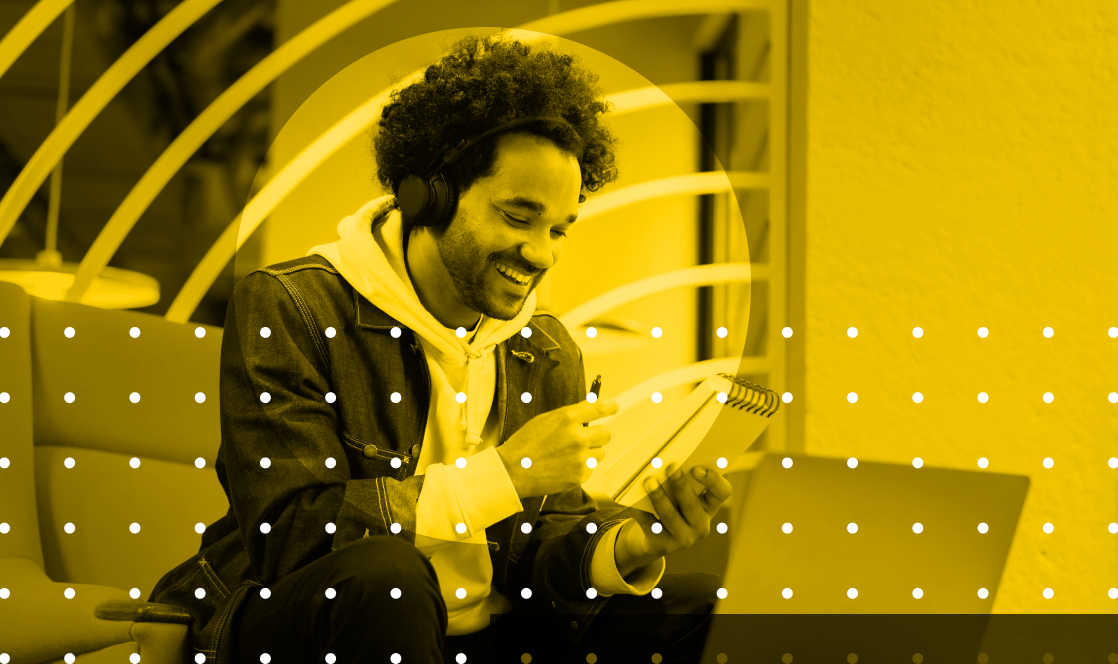AI isn’t coming for your sales team—it’s coming to make them dangerous. For B2B companies stuck in the trenches of slow pipeline growth, scattered marketing efforts, and lead quality frustration, AI-powered frameworks offer a direct path to scale. The key? You don’t need 100 tools. You need one system—grounded in first-party data, tested messaging, and a repeatable lead flow you can actually measure.
Let’s break down exactly how to build an AI-powered lead gen machine that works with your existing strategy—not against it.
The Modern Lead Gen Problem: Scale vs. Relevance
B2B marketing teams have always juggled two competing forces: reach and relevance. You can blast outreach across email, LinkedIn, and paid media—but without personalization, your message bounces. You can handcraft beautiful assets and ABM campaigns—but without automation, you hit bandwidth limits fast.
AI closes this gap.
The right frameworks give you both reach and relevance. That means:
- Dynamic segmentation and targeting
- Content that adjusts to buyer intent
- Sales workflows that prioritize leads with real conversion signals
Let’s dive into the core components that make this possible.
Framework #1: GPT-Driven ICP Research + Persona Mapping
Before you scale anything, you need to understand who you’re scaling toward.
Traditional buyer personas are static. AI-driven personas are dynamic, predictive, and built from live data—sales calls, CRM activity, LinkedIn behavior, and even your competitors’ funnels.
Here’s how we build ours:
- Data Extraction: Transcribe and analyze your last 20 sales calls using Whisper or Otter.ai.
- Persona Synthesis: Feed transcripts into a Custom GPT trained on your industry. Prompt it:
“Identify the common job titles, pain points, objections, and buying triggers in these transcripts.” - Segmentation Map: Break down into 3–5 sub-personas with distinct value propositions and channels.
📌 Pro Tip: Save each persona’s voice into your GPT agent. You’ll use this for email copy, landing pages, and social scripts later.
Framework #2: Prompt-Based Content Engines (At Scale)
Content is still king—but AI is your chief of staff.
Using a modular content framework, you can deploy GPTs to write, remix, and repurpose content assets across multiple channels with built-in SEO and lead capture.
Content Engine Structure:
- Pillar Topic (1/mo): e.g., “AI in B2B Marketing”
- Cluster Posts (4/mo): Specific topics with keyword alignment (like this one)
- Micro-Assets (10+/mo): Email drips, LinkedIn posts, gated guides, cold scripts
How AI fits in:
- GPT prompts generate long-form + short-form in brand voice
- NLP models analyze past top-performers for structure and tone
- Versioning happens automatically based on channel and buyer persona
This is how we take one 2,000-word article and spin it into 15+ assets in less than 48 hours.
Framework #3: Predictive Lead Scoring with AI Signals
Lead volume is only helpful if you know who’s ready.
Modern CRMs with AI plugins (like HubSpot + ChatGPT, Salesforce + Einstein, or Close CRM + Custom GPT) can score leads dynamically based on:
- Email open patterns
- Website behavior
- Sales engagement history
- ICP fit modeling
AI frameworks create lead temperature tiers, such as:
- Hot (Sales Now): Opened 3+ emails, clicked pricing page, responded on LinkedIn
- Warm (Nurture): Downloaded guide, opened webinar invite, visited product page
- Cold (Retarget): Subscribed but no interaction in 30+ days
This gives your SDRs actual priority queues that update daily—not gut calls.
Framework #4: GPT-Led Email + LinkedIn Sequences
Say goodbye to spray-and-pray.
AI lets you customize your outreach sequences without rewriting every message. Using pre-trained GPT agents, we build message flows that adapt based on buyer persona, industry, and behavior triggers.
Sample Structure:
- Day 1 (Value Hook): Based on persona challenge
- Day 3 (Proof Point): Industry stat or case study
- Day 7 (Direct Ask): “Should we talk?”
GPT fills in the details—tone, examples, product tie-ins—and even drafts responses based on likely objections.
🔁 Bonus: Loop LinkedIn voice notes + video messages into the same AI framework.
Framework #5: Continuous AI-Powered Campaign Optimization
Scaling lead gen is not about adding more—it’s about improving what already works.
With AI, you can:
- Analyze performance across campaigns
- Spot decaying subject lines or CTA fatigue
- Test 20 variants of a landing page headline in hours—not weeks
Your GPT agent becomes a strategist:
- “Which email sequence is underperforming?”
- “What content type is converting the best this quarter?”
- “Generate 3 headline variations to beat our current CTR of 1.6%.”
When AI becomes your performance coach, optimization is no longer reactive—it’s proactive.
Final Word: AI Is Not the Strategy—It’s the System That Delivers It
Let’s be clear. AI doesn’t replace your lead gen strategy. It delivers it faster, sharper, and at scale.
What used to take weeks—manual research, segmented copywriting, email testing, performance analysis—now happens in days or even hours.
But the frameworks still matter. Your inputs still matter. Garbage in, garbage out still applies.
Build a system. Train it well. Then scale with confidence.



